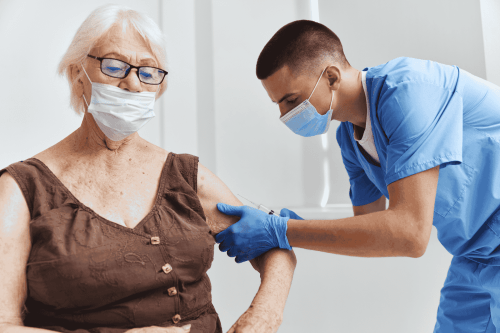Preventable Healthcare Workplace Violence
Written by David Johnson
It’s astonishing to see the prevalence of violence in healthcare settings. In a publication, the Occupational Safety and Health Administration (OSHA) interpreted Bureau of Labor Statistics data to indicate that healthcare professionals and social assistance workers are four times more likely to be victims of workplace violence than private industry workers. While 8 victims out of every 10,000 healthcare workers appears to be a low annual rate, but considering the healthcare industry workforce is approximately 18 million and growing, hundreds to thousands of workers experience a violent enough workplace injury to miss work.
Additionally, several aspects of healthcare give OSHA a reason to believe that violence is underreported in health settings. Tenants of the Hippocratic Oath promote patient well-being above all else. To that effect, many healthcare professionals are hesitant to report violence in a healthcare setting, especially if the violence was unintended. The healthcare landscape is also very different based on profession.
In mental health settings, workplace violence is about 140 times as likely when compared to private industry.
Healthcare providers and related associates are at risk and so are businesses. Self-insured providers bear the full cost, and insured providers may have changes in premiums. Additionally, caregivers may face trauma forcing them to leave their position. And finally, patients may suffer due to understaffing and medical professionals with decreased physical ability.
It’s terrifying to think about going to work and being aware that you may be attacked at any moment for any reason by a patient or peer. In 2015, the NIH U.S. National Library of Medicine published an interpretive descriptive study that gathered descriptive responses from registered nurses in Canada utilizing targeted questions in order to discover patterns in nursing care. Moreover, the researchers used a qualitative data analyzing software to determine five major independent themes.
“The types of physical violence involved being chased and cornered, being hit, punched or grabbed, kicked, spit at, strangled, as well as using a weapon or the environment, such as breaking a window, to elicit violence.”
The nurses did not have the same definition of violence. Often, departments consider verbal matters as benign and routine. Additionally, anger and less empathy for patients was common among participants following an act of violence. One participant responded:
“I feel like I kind of went more automatic… what I felt was ethically and legally appropriate for care, but I can tell you for sure I did nothing that was extra for this person… I feared for my own safety and I was upset about what had happened…(RN08)”
While attacks on medical professionals may appear random, employers in the health field can take steps to protect your employees, coworkers, and patients. OSHA has produced a comprehensive guide to prevent these attacks. At AMC, we offer many OSHA courses and an on-site inspection. It’s important to insulate your business and protect your employees by making your workplace OSHA compliant. Everyone benefits from a safe workplace, including patients.



